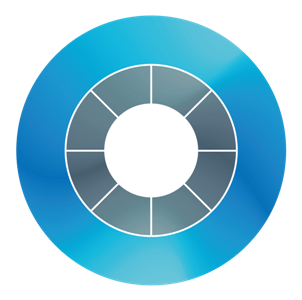One in every four Americans has had low back discomfort in the last three months. It is one of the leading causes of doctor visits in the United States. Although widespread, low back discomfort is frequently misinterpreted and neglected. Many folks don't know what causes this type of discomfort or how to get relief. In this blog post, we'll talk about the reasons and treatments for low back pain. We will also offer some advice on how to lessen your chances of developing this form of pain.
What is Low Back Pain?
Low back pain, also known as lumbar pain, is a type of discomfort that arises when the lower back is harmed by a sprain, strain, or other significant ailment. This discomfort might be acute, which means it occurs suddenly and lasts for a short length of time, typically days to weeks. Chronic low back pain, on the other hand, lasts for several months or years. This form of discomfort might be mild and persistent or intermittent. There are numerous types of low back pain, as well as different regions of the lower back that can cause people to experience discomfort in this area of the spine.
What Are the Main Causes of Low Back Pain?
Low back discomfort can result from a variety of causes. Common causes include:
- A sedentary lifestyle
- Injury or trauma to the spine
- Improper posture
- Strained muscles or sprained ligaments
- Damage to your intervertebral discs in your lower back
- Old age, especially when Osteoporosis or Arthritis has been diagnosed
Physical therapists can treat the majority of low back pain caused by muscular or ligament issues.
Some issues, however, are more severe and may necessitate surgery to correct the issue. Herniated discs are one of the most common causes of low back pain. This can happen when the discs between your vertebrae are injured and start to bulge out. This might put a strain on your nerves, causing pain. Other common reasons for lower back discomfort are:
- Spinal stenosis refers to a narrowing of the spinal canal.
- Degenerative disc disease occurs when the discs between your vertebrae start to deteriorate.
- Facet joint arthritis occurs when the joints in the spine become inflamed.
If you are having any of these symptoms, you should consult a doctor or a spine expert to receive an accurate diagnosis and treatment plan.
10 Treatments for Low Back Pain
Your physical therapist will work directly with you to identify the source of your discomfort, increase mobility, and strengthen your body to enhance function. Below are ten remedies for lower back pain management:
- Hands-on manual therapy involves several types of massage that serve to relieve muscle tension, increase range of motion, and reduce discomfort.
- Myofascial release: Myofascial tissue is the connective tissue that surrounds the muscles. This technique relieves muscle tension by applying gentle, persistent pressure to the myofascial tissue.
- Trigger point myotherapy is a sort of therapy that involves applying pressure and releasing "trigger points" to relieve muscle tension and pain.
- Neuromuscular treatment: This type of massage therapy effectively treats lower back pain caused by soft tissue injury. It entails applying alternating levels of concentrated pressure to the areas of muscle spasm.
- Acupressure therapy is similar to acupuncture, except rather than using needles, pressure is administered to particular places on the body to relieve muscle tension.
- Ultrasound therapy is a successful treatment for soft tissue injuries because it drives sound waves deep into the muscles, increasing blood flow, decreasing chronic inflammation, and healing soft tissue.
- Spinal traction is a type of decompression therapy in which a machine is used to stretch the spine and relieve nerve compression. It can help with herniated discs, degenerative disc disease, pinched nerves, sciatica, and other back problems.
- Electrical muscle stimulation is a technique that employs electrical impulses to stimulate your skeletal muscles and desensitize painful tissue, effectively decreasing.
- Heat and cold therapy: Use hot and cold packs to relieve pain and swelling.
- Strengthening exercises: Exercise is an essential component of physical therapy. Your therapist will design a personalized exercise regimen to help stretch and strengthen the muscles in your lower back.








